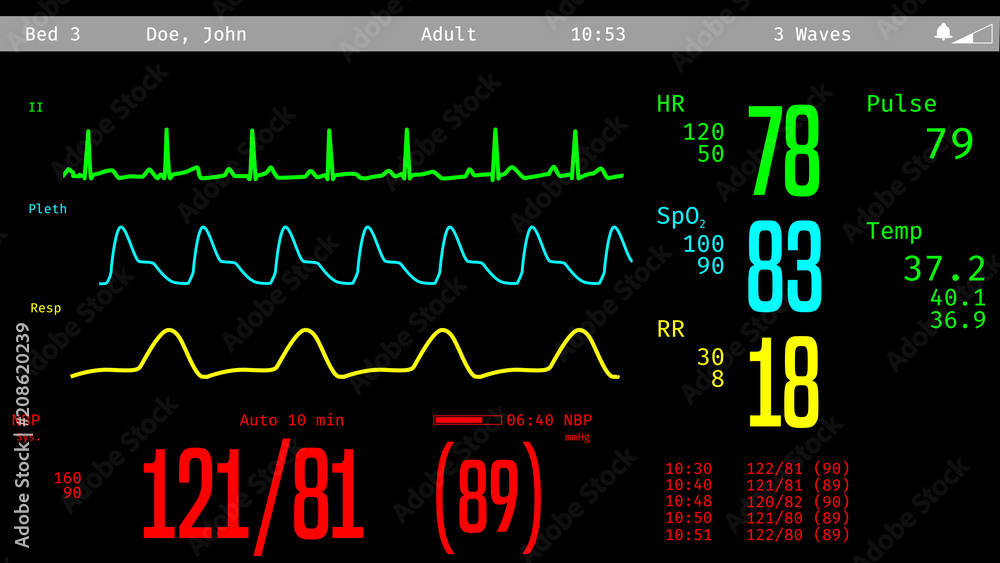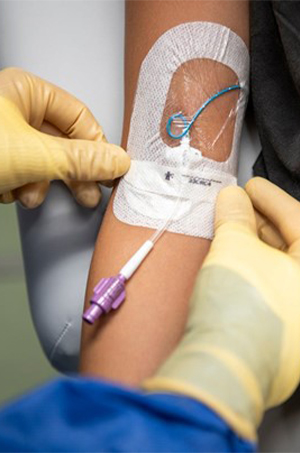Evaluation and Treatment
As you gain more experience in the hospital, you will find your own style and methods of performing evaluations and treatments. Here is a sample that can be revised and tweaked as you gain experience: Introduce yourself at the start of the session and give a brief explanation of your role in the hospital. Perform the interview to find out the prior level of function and home environmental setup. Try to talk directly to the patient, not the caregiver.








